כ״ד תמוז ה׳תשפ״ד | July 30, 2024
The Chabad Posek Who Was Respected By All
20 Tammuz marked the 70th yahrtzeit of the great Lubavitcher gaon and posek Rav Avrohom Chaim Noeh of Chevron and Yerushalayim, shliach of the Rebbe Rashab to Bukhara, author of Ketzos Hashulchan, and master of the halachic measures.
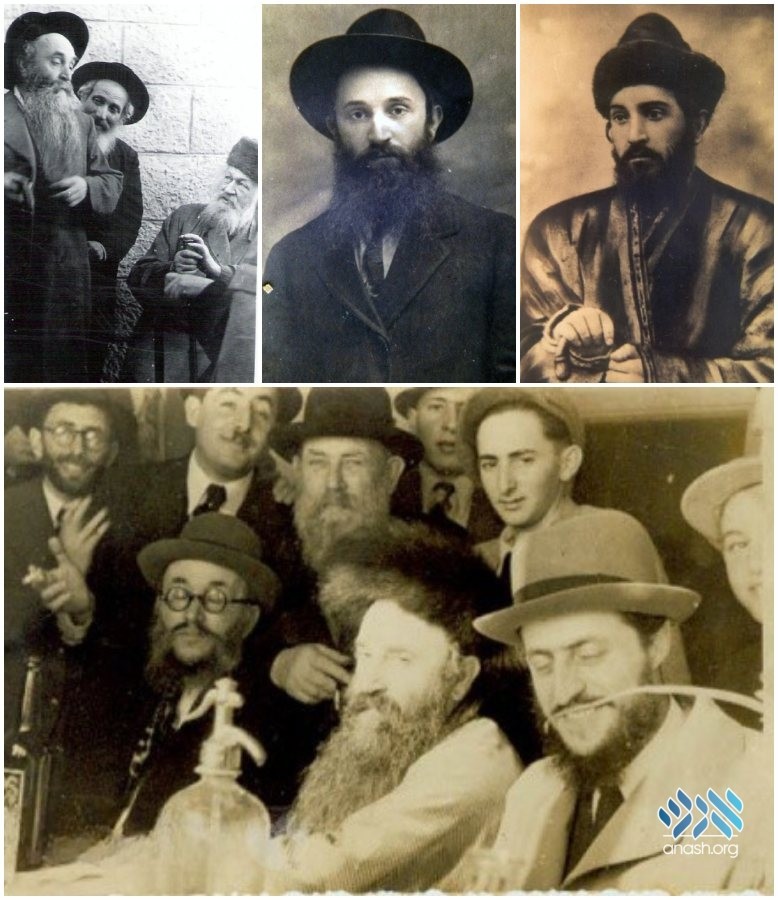
20 Tammuz marked the 70th yahrtzeit of the great Lubavitcher gaon and posek Rav Avrohom Chaim Noeh of Chevron and Yerushalayim, shliach of the Rebbe Rashab to Bukhara, author of Ketzos Hashulchan, and master of the halachic measures.
By Hershel Rosenbluh for Anash.org
20 Tammuz marked the 70th yahrtzeit of the great Lubavitcher gaon and posek Rav Avrohom Chaim Noeh of Chevron and Yerushalayim, shliach of the Rebbe Rashab to Bukhara, author of Ketzos Hashulchan, and master of the halachic measures.
Born in Chevron in 1890, young Chaim spent much time in the shul where the Sdei Chemed, R’ Chaim Chizkiyahu Medini, learned and answered shailos. Even as a young child, Reb Chaim often answered the shailos that people came to ask. When young Chaim was a young bochur, the Noeh family moved to Yerushalayim.
At the age of 21, he was sent by the Rebbe Rashab on shlichus to Bukhara in East Asia. His mission was to strengthen the kehillos there who suffered from a lack of rabbonim to educate the people. Soon after arriving there, he wrote an important sefer for young men in the Judaeo-Bukharian dialect, having taught himself the language by using a chumash translated to Judaeo-Bukharian.
After returning to Eretz Yisroel, he devoted his life to writing the many seforim he would eventually author: Ketzos Hashulchan – an abridged version of the Alter Rebbe’s Shulchan Aruch with commentary to explain the Alter Rebbe’s positions, Shiurei Torah – to solidify the shiurim (halachic measures) for fulfilling various mitzvos, and more.
Reb Chaim Noeh was firm in his rulings and did not back down, even in the face of opposition from some circles. He knew that his halachic measures had the backing of countless Gedolei Yisroel, Rishonim and Achronim throughout the generations, as well as the Haskamos of many of his contemporaries, from across the spectrum.
In an interview with his daughter, Mrs. Rochel Silber, she described the small 2+ bedroom apartment they lived in – her parents and ten children. One bedroom for the children and one for the parents. The writing table was in one corner of the children’s bedroom. She recalled how her father would be up all night learning and writing his seforim, and as morning came he would say Krias Shma and retire for the “night.” She would wake up to hear her father lein Krias Shma in that sweet tune until she fell back asleep.
Her sister, Mrs. Chana Kozlovsky once asked her father why he’d write the seforim at night when he could be doing it during the day time. His response: “If I’d write during the day when the kids are around I’d have to tell them to stop playing. I didn’t want to do that, so I write at night.”
Reb Chaim received tremendous respect from all circles in Eretz Yisroel and beyond. Despite their disagreements, the mutual respect between the Chazon Ish and Reb Chaim Noeh was a sight to see, with the former accompanying Reb Chaim out the door of his home when he’d leave from his visits. Other Gedolei Yisroel, such as the Brisker Rov, Rav Yitzchok Zev Soloveitchik, saw in Reb Chaim Noeh the man who could unite the many factions of frum society and enlisted him to help strengthen Yiddishkeit in the early days of the Israeli State.
Reb Chaim didn’t live to see the publications of many of his writings, with many of them still unpublished.
He passed away on the 20th of Tammuz, 5714/1954, at the age of 64.

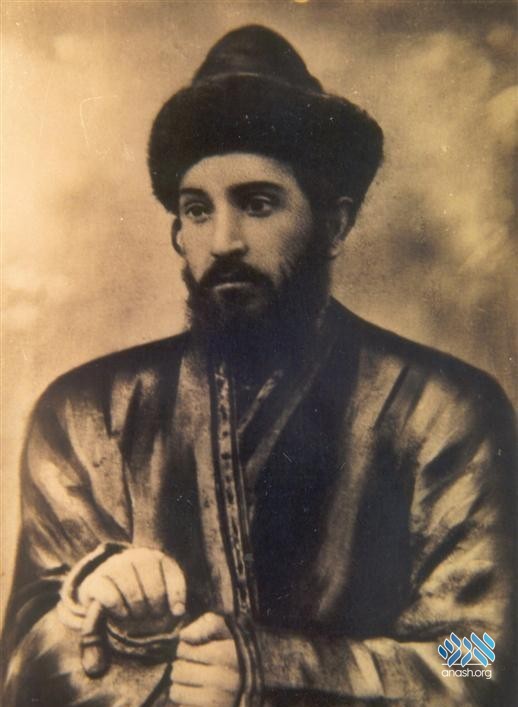
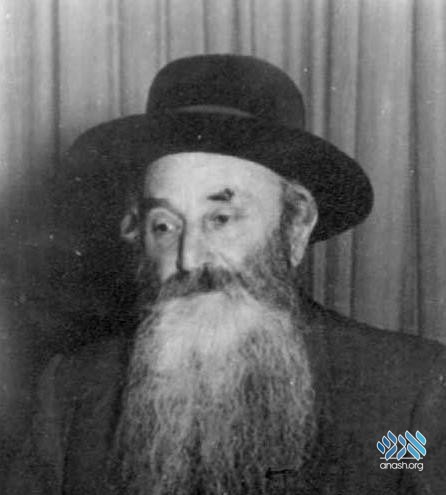
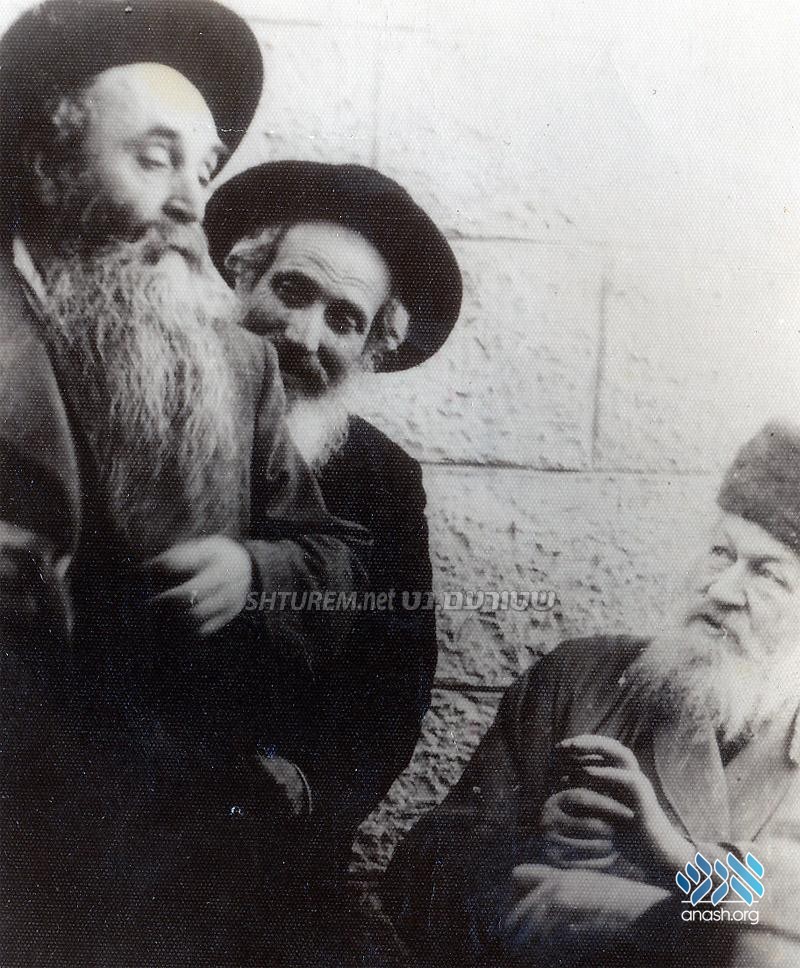
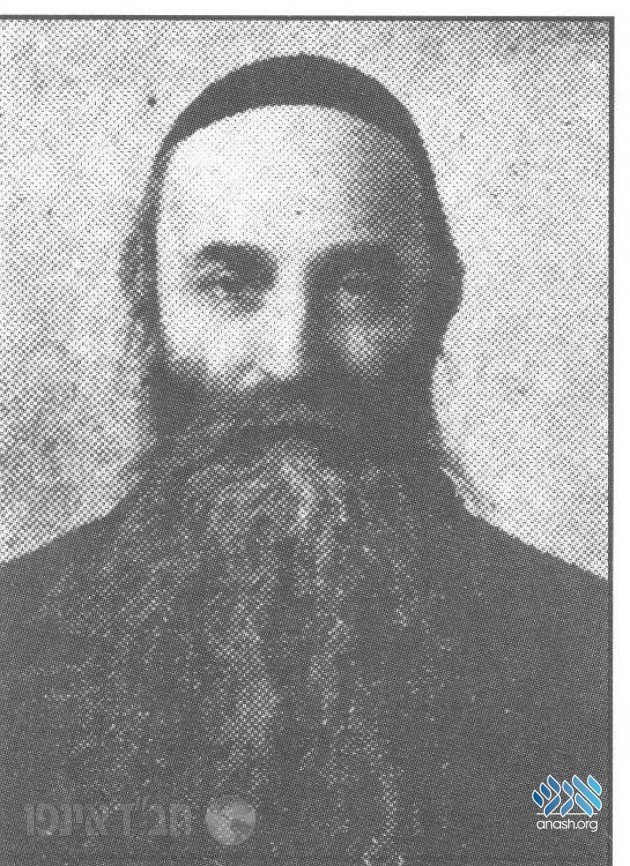
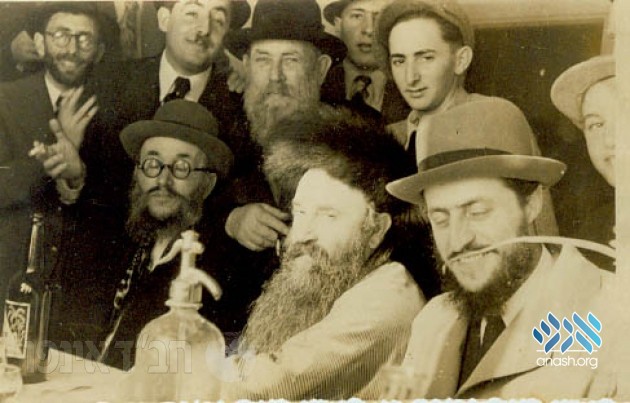


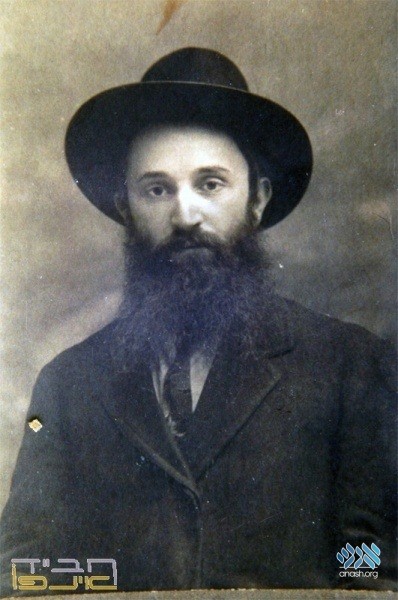
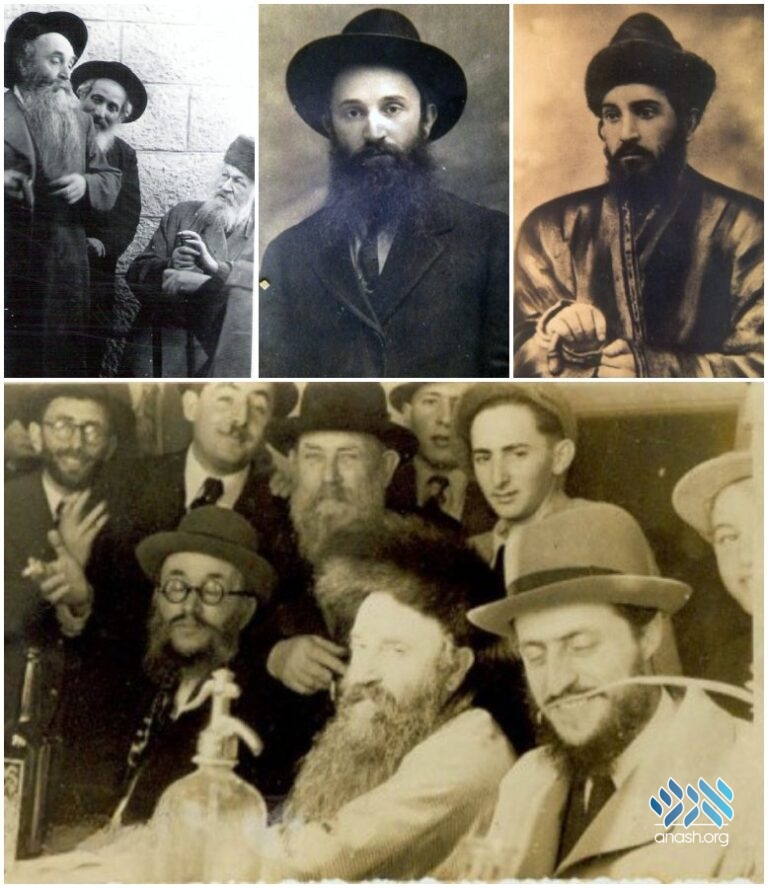
Thank you for the informative article.
Did he not publish all the seforim we have today, during his lifetime? Which seforim are unpublished?
Thank You, Moshe.
There are many kisvei yad in the hands of family members that have never been published.
Who was he married to?